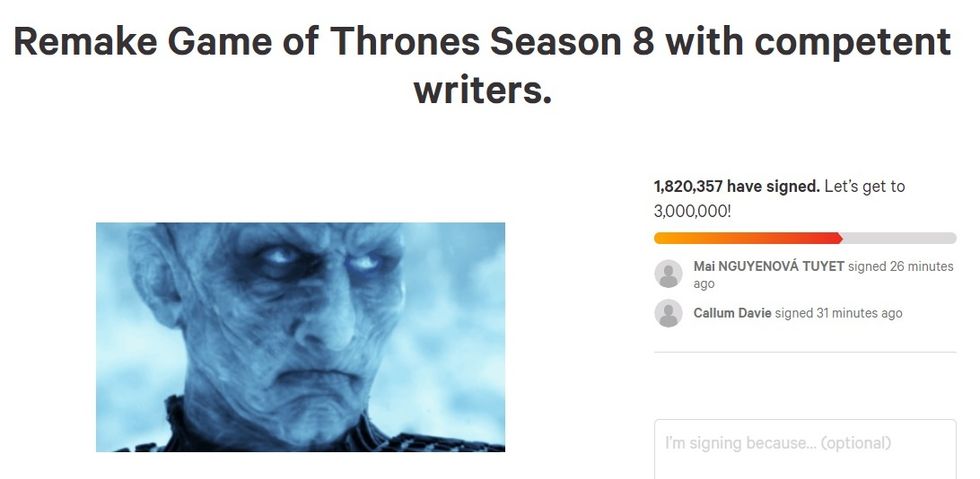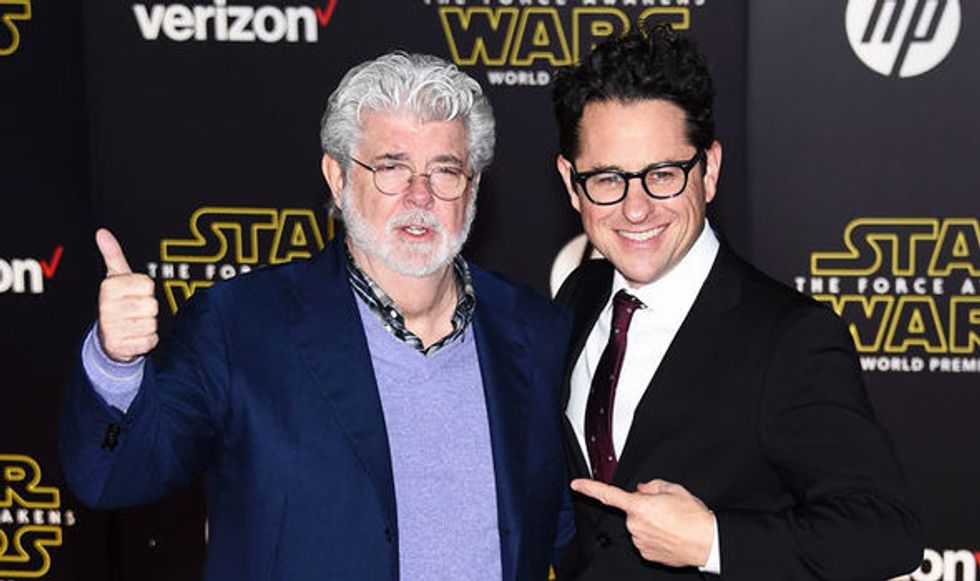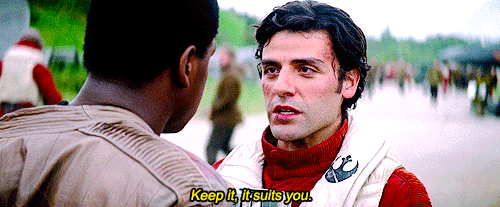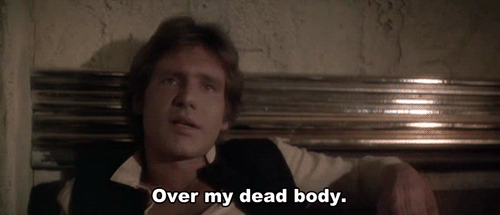
Update 3/19/2021: 10 months and $70 million dollars of later, the “Snyder Cut” of Justice League was finally released on HBO Max on March 18th. Zack Snyder’s vision is finally being presented… in old school 4:3 aspect ratio — leaving the movie letterboxed on modern widescreen TVs and devices — and at the mind-numbing length of just over four hours. Despite the mixed reaction, it still seems like a lot of headache could have been avoided if there was a standard practice for handling director’s cuts.
I’m three seconds in and Justice League is already one of the funniest things I’ve ever seen https://t.co/1DtE7JoNYo— Alex Shephard (@Alex Shephard) 1616067938.0
Update 5/22/2020: It’s been announced that the Snyder Cut of Justice League will be released on HBO Max sometime next year, prompting star Jason Momoa to post a promotional image to Instagram with the accompanying text “finally it’s happening” and “justice served.” While this is the outcome fans were hoping for, a long term solution to alternate cut controversies is still called for.
There’s a proud and storied tradition of studio interference in Hollywood.
Studio money pays for every aspect of a movie’s production, and sometimes the directors those studios hire can’t be trusted to cater their films directly to the lowest common denominator. After all, how can their investment be guaranteed to net a big return if there are members of the audience who will be confused or disturbed by challenging elements of the movie?
The best solution is obviously not to come to a clear understanding of what the project will achieve in advance… No, the best solution is to wait until the director has finished pursuing their vision, then to chop that vision to bits and stitch it back together into something more marketable.
The #releasethejjcut stuff is such a mess. A Star Wars subreddit has a huge post this morning up outlining instan… https://t.co/x24gw8wX78— Ryan Broderick (@Ryan Broderick) 1577981002.0
Since at least 1942, when RKO recut and destroyed Orson Welles’ original version of The Magnificent Ambersons— which Welles blamed for the decline of his career in Hollywood — there have been legends of lost directors’ cuts that could restore the glory of what might have been. The latest entrants into that category are the so-called Snyder Cut of 2017’s Justice League and the JJ Cut of Star Wars: The Rise of Skywalker.
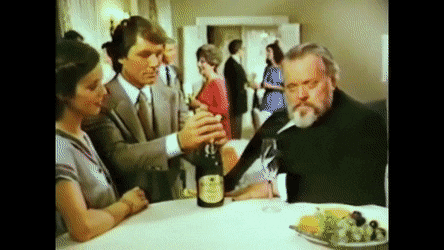
Of course Zach Snyder and J.J. Abrams — both known for delivering fast-paced action movies — are not the kind of directors traditionally thought of in these scenarios. Legends of studio interference always involve directors sacrificing broad entertainment value for some more lofty artistry, but Abrams and Snyder are both such blockbuster workhorses that this devoted passion to restoring their work might seem surprising at first.
Are people truly so invested in movies that were only ever trying to be adrenaline-pumping, flashy fun? Obviously yes, that’s the dumbest question you’ve ever asked.
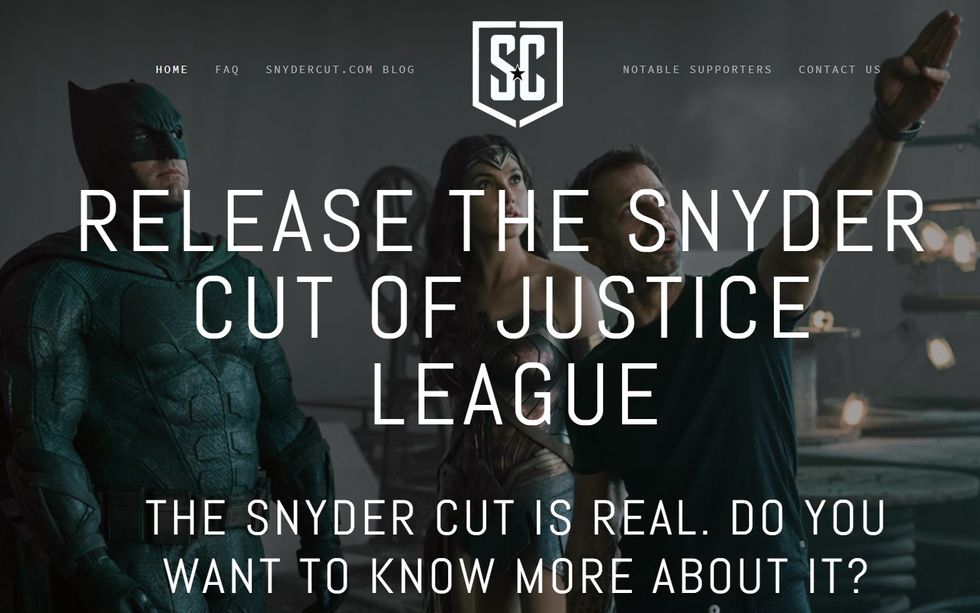
The #ReleaseTheSnyderCut movement is now more than two years old, but it has only picked up steam since the original petition kicked things off. Advocates have even channeled some of their energy into charitable efforts supporting the Association for Suicide Prevention, as the tragic death of Zach Snyder’s daughter led to Warner Bros. bringing in Joss Whedon to complete (and supposedly ruin) the film.
According to the movement’s official website, it has taken on such a life of its own that many of its proponents have taken to using the term Snyder Cut “as short-hand for a superior version of anything they find disappointing.” Clearly the recent emergence of #ReleaseTheJJCut has picked up that spirit and run with it.
Is this the new norm for major film franchises? Any time fan expectations are set higher than what the studio delivers, fans will channel their angst into an imagined perfect version — and a corresponding movement? And if so, is that better or worse than the Game of Thrones fans petitioning to get the entire eighth season remade?
The more you dig into the details of fans’ wild speculation, the more apparent it becomes that people have invested their entire identities into these franchises. No amount of arguing that these alternate cuts may not exist or will never be released is enough to dissuade them. It’s a level of emotional attachment that leads them to mistake the studios’ transparent profit seeking — tinkering with their products to broaden their appeal — for some sort of malicious betrayal of the fans, the creators, and the franchises.
Disney, in particular, has taken on a villainous aura in recent days among proponents of the J.J. Cut. Spurred on by the anonymous Reddit post that claims to be drawing from inside info, fans have dug into every detail that surrounds the movie that disappointed them on such a deep, personal level, and have uncovered a conspiracy that is unbelievable in the truest sense of that word.
The same kind of Reddit detectives that previously brought us gems such as blaming an innocent, dead Indian man for the Boston Bombing, have now convinced themselves of the existence of a plethora of competing edits—a George Lucas cut?—that Disney has suppressed in a deliberate effort to undermine the integrity of the film they spent hundreds of millions of dollars producing and promoting.
The crux of the argument points to the exclusive deal that J.J. Abrams production studio, Bad Robot, recently signed with WarnerMedia — the studio responsible for the DC Extended Universe movies, which have failed to compete with Disney/Marvel’s domination of the superhero genre.
According to this anonymous friend of an anonymous insider close to J.J. Abrams (these degrees of removal and layers of secrecy are necessary when leaking state secrets), Disney was threatened by the idea that Abrams would be brought on board the DCEU in an attempt to revitalize that franchise. So threatened, in fact, that they immediately set out to sabotage his career, and their own multi-billion-dollar franchise in the process…
“They want to keep DC in the limbo that they’re in right now. Abrams jumpstarting that franchise with something like a successful, audience-pleasing Superman movie makes them nervous. Their goal is to make JJ look bad to potential investors/shareholders.”
Apparently Abram’s pristine, three hour version of The Rise of Skywalker would have included a mind-blowing ending full of familiar force ghosts, more scenes of Rose Tico, more development for the same-sex couple who kiss at the end, and some supposedly amazing scenes of Adam Driver’s Kylo Ren that would have “provided much more context and added deeper meaning to both his battle with Rey and the final redemption arc.” The anonymous source remains unclear on the question of whether this lost version would also have freed Tibet and ended global warming, but it certainly sounds likely.
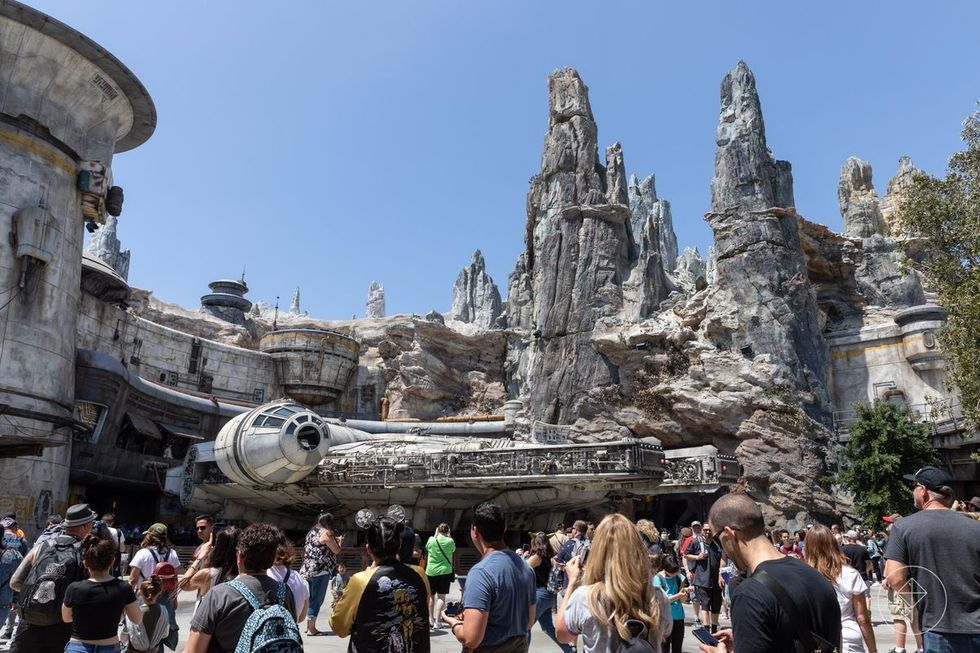
If the source is telling the truth (and that is a bellowed, deafening if, echoing into eternity) then Disney chopped and screwed J.J. Abrams’ vision for The Rise of Skywalker with the express intent of undermining the general impression of his competence as a filmmaker, so that Warner — the villains who suppressed the Snyder Cut — would not trust him with their Marvel competitor, and thus lose out on a franchise-saving work of genius.
Honestly, as crazy and convoluted as it sounds, it does present a compelling narrative. And, however unlikely it seems that Disney would do anything to intentionally damage the Star Wars Franchise that they have just spent billions turning into a permanent fixture in their theme parks, massive corporations have done much worse and crazier things in the past.
Regardless of the truth behind these theories — whether Finn was meant to be a force-user who is also in a romantic relationship with Poe Dameron, or the Green Lantern was truly cut from Justice League— there is a solution to the tension between studios, directors, and fans when it comes to these mythical lost cuts. As with so many of the problems that arise from the blind pursuit of profit, the solution lies with collective action. Namely, action on the part of the Directors Guild of America.
If the guild put its heft behind a new contractual requirement — giving directors the option to preserve and release their own edit of their films — all this speculation could be erased. Executed properly, the studios would have nothing to lose, and directors would receive an added insurance against studio meddling — protecting their creative work.
Simply put, if the studios wanted to retain the right to make final edits for the theatrical release of blockbusters, they would have to allow the directors to preserve and control their own cut—if only for digital release at a later date.
The guild already has Director’s Cut protections — ensuring that directors are able to prepare their versions in the first place — as part of their “Creative Bill of Rights,” and it would only require a slight expansion of those rights to create an option for separate release. While neither party would be likely to find this entirely satisfying — which is to say that it’s a true compromise — creators, actors, and Jason Momoa would no longer be forced to fight for their preferred version.
Formalizing a standard agreement for a director’s cut release would quell unrest among ravenous fans, and give them an outlet to spend even more of their money and resolve the rampant speculation.
If the current passion for alternate cuts could be captured and channeled into a more general #DirectorsCut movement, the Directors Guild could get it done. The controversy could then shift to its natural home — disputes among fans about which version is best. The old Star Wars model of re-re-re-releases of various iterations could spread like a virus through the rest of the film industry and swallow up the entire scope of fandom, while studios and directors got rich together off the whole mess.
So… make it happen. #DirectorsCut
- Only Issue with “The Rise of Skywalker” Is the Lesbian Kiss – Popdust ›
- Can Zack Snyder’s “Rebel Moon” Compete with Star Wars? – Popdust ›
